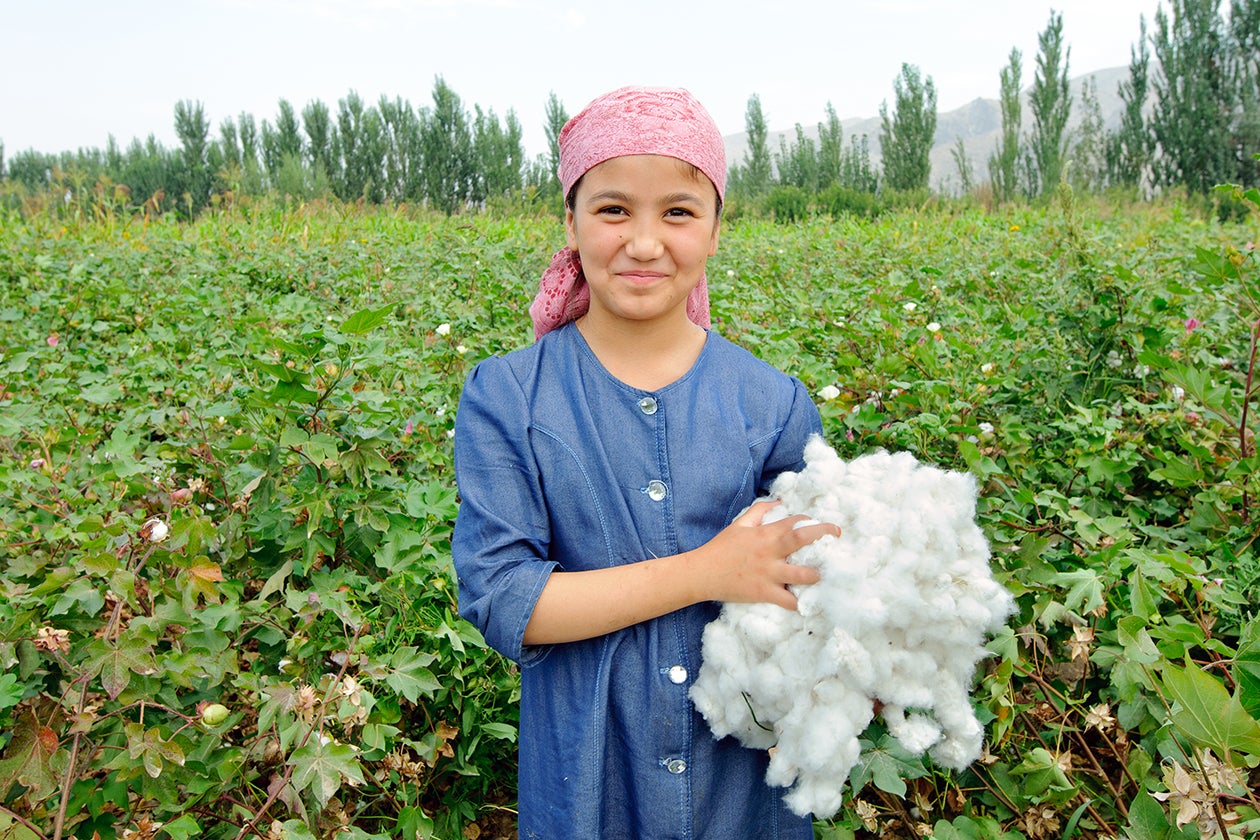Stunting reduction in the Kyrgyz Republic
From 1997 to 2014, the number of stunted children declined from above 200 thousand to just 95 thousand.
CONTENTS
Quick Downloads

KEY INSIGHTS
One of the biggest factors in the Kyrgyz Republic's success against stunting was the rapid decline of poverty in the country after 2000. But poverty reduction does not always or automatically lead to improvement in children’s height-for-age.
The Kyrgyz Republic, due in large part to strategic policymaking, drove the democratization of agriculture—serving as effective engines of improved food security and poverty reduction. In addition, it provided targeted support at the most vulnerable populations with government welfare programs which complemented labor migration and remittances to improve food security and access to other services—improvements which in turn enabled many to take advantage of an effective and efficient primary healthcare system, even as it invested in specific health initiatives around breastfeeding and management of childhood illnesses.
Democratization of agriculture
Hundreds of thousands of small farms were engines of improved food security and poverty reduction, especially in the early post-independence period.
When it gained independence, Kyrgyzstan inherited an economy dominated by a small number of very large collective farms. In the 1990s, following advice from the World Bank and other donors, the Kyrgyz Republic government implemented land reform, dismantling these farms and distributing small plots to families. Initially, these farms focused on subsistence food production, which addressed immediate food security concerns. Gradually, they shifted to cash crop production, which helped drive increased food security through income increase and poverty reduction.

Cash transfers and poverty alleviation
During the crisis, government welfare programs targeted at poor families with children helped guard against poverty; at the same time, labor migration and remittances helped many households escape extreme poverty altogether.

In the immediate post-independence period, cash was scarce in the Kyrgyz Republic because about half the population was engaged in subsistence agriculture. The government maintained a small but well-targeted cash transfer program that, despite its size, put cash in the hands of families that needed it.
Another source of cash was remittances, which were not the result of a specific intervention but rather a response to market forces. By the turn of the millennium, more Kyrgyz were leaving agriculture, migrating to other countries for work (primarily Russia and Kazakhstan), and sending money home. These remittances became not just an important source of cash but an anchor of the national economy, accounting for one third of GDP.
Health reforms and initiatives
An effective and efficient primary health system reached all women and children with the basic care needed for optimal growth. Separately, the Kyrgyz Republic also invested in specific health initiatives on breastfeeding and management of childhood illness.
The Kyrgyz Republic inherited a state-run health care system that was quite effective but cost too much to maintain given the dire economic conditions following the Soviet collapse. Under a reform program called Manas, the government worked closely with the World Health Organization and other donors to restructure the system to deliver evidence-based preventive care to all people.
Separately, the Kyrgyz Republic also invested in specific health initiatives, such as Order N. 19, to promote proper breastfeeding, while implementing policies like the Baby Friendly Hospital Initiative (BFHI) to promote appropriate care-seeking practices and management of childhood illness.

Decomposition analysis methodology Kyrgyz Republic

Stunting reduction in the Kyrgyz Republic

Ask an Expert
Our team and partners are available to answer questions that clarify our research, insights, methodology, and conclusions.
